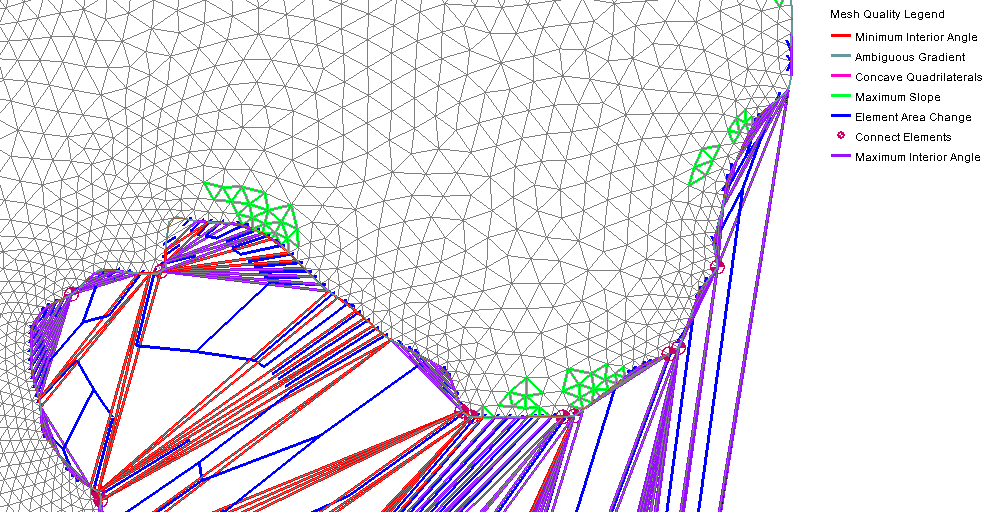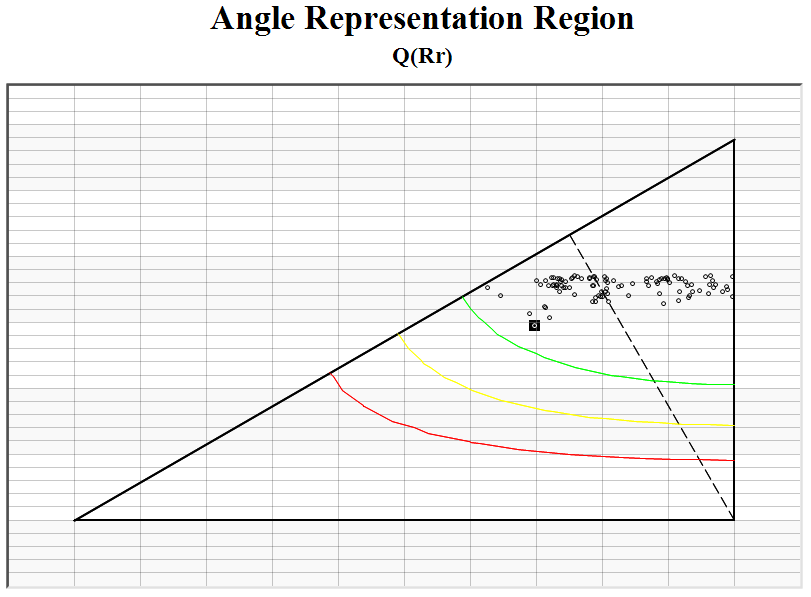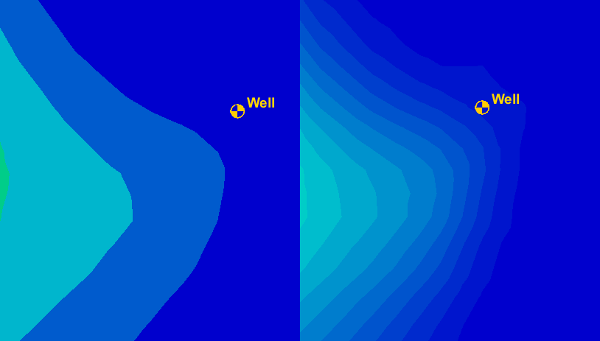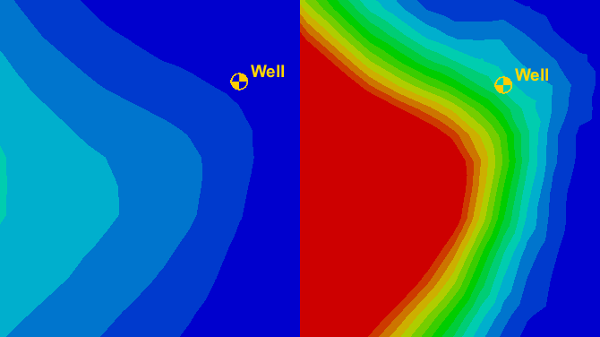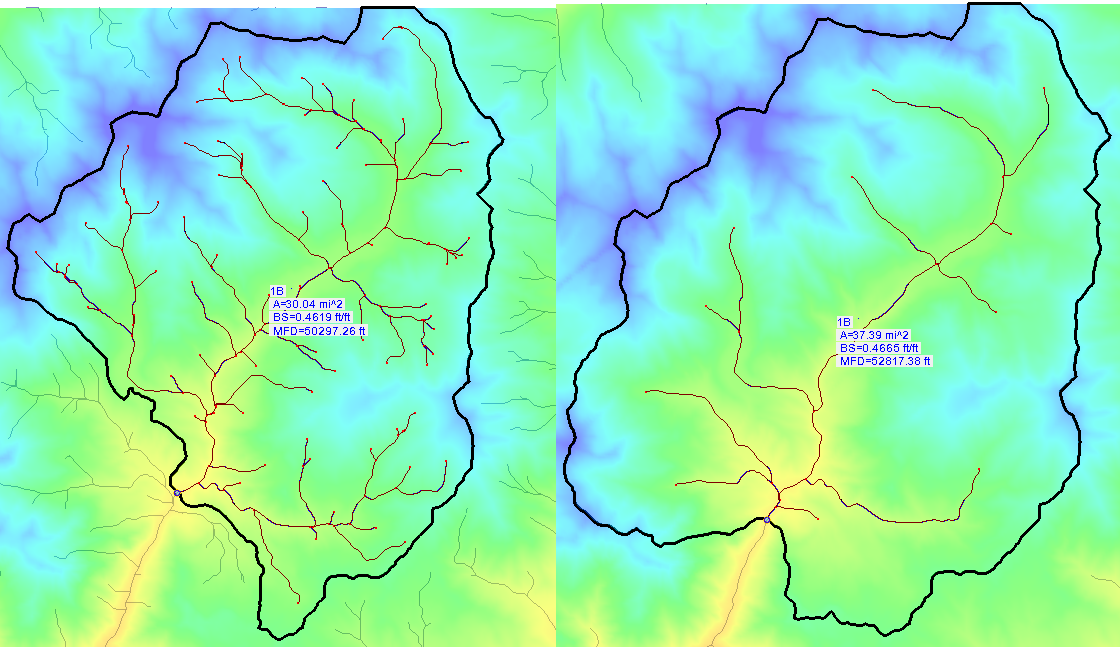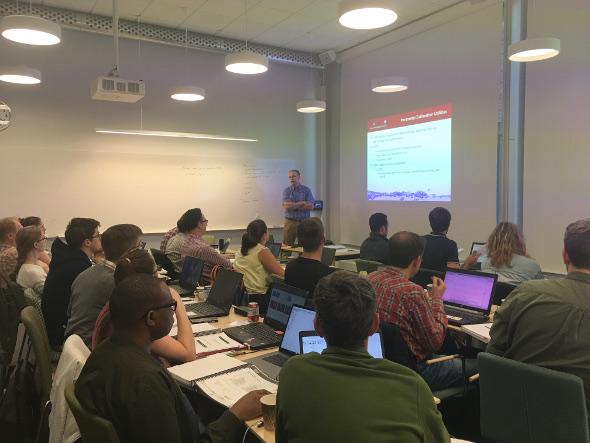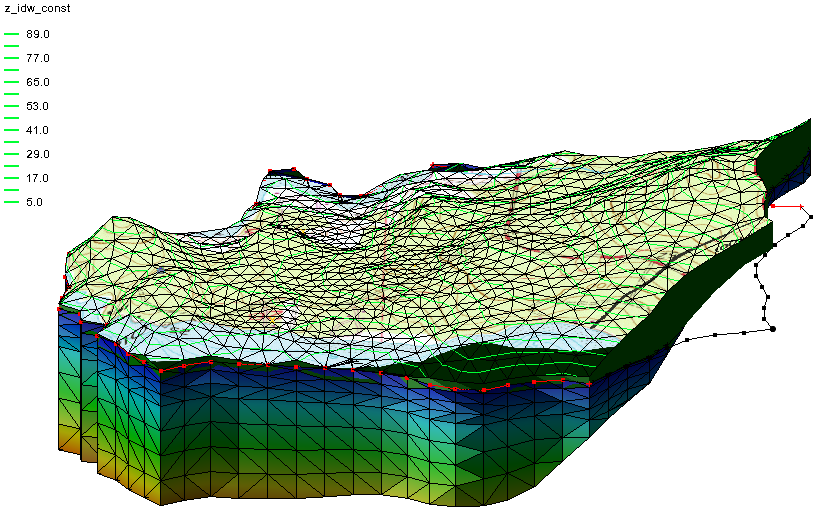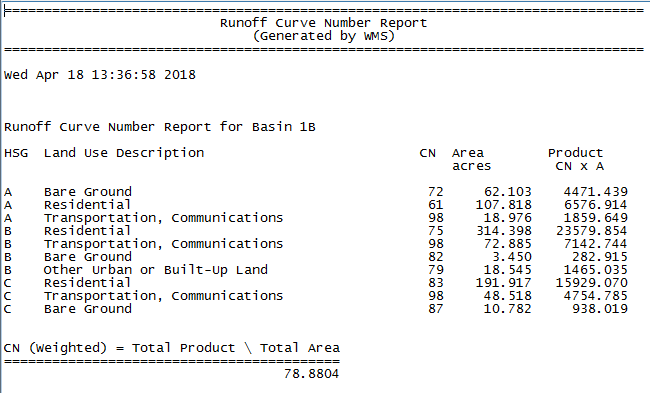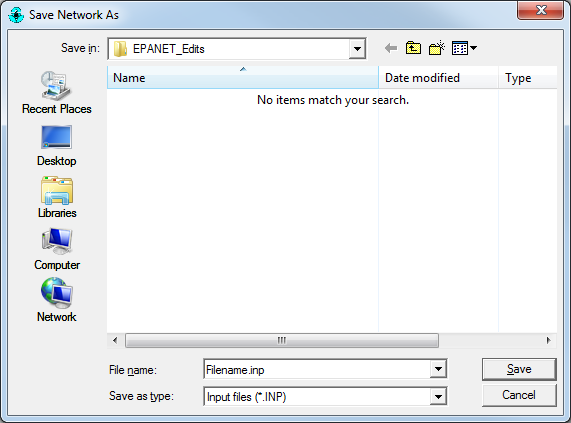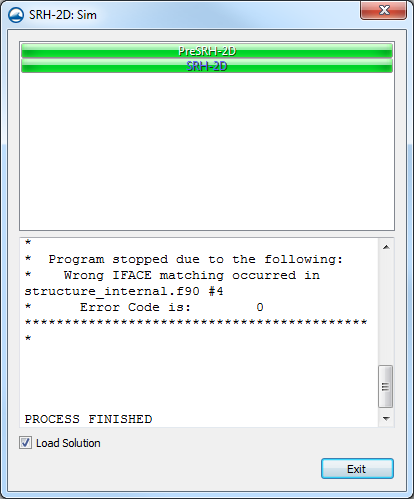Using Software Graphics Mode
By aquaveo on July 11, 2018Have you ever noticed in your Start Menu that GMS, SMS, and WMS all have a version of the software executable that says "Software Graphics Mode"? Do you wonder what this is used for?
The software graphics mode was created to help resolve issues when there is a mismatch between the XMS software and the graphics card on a computer running the software. While we work to have XMS function on a wide range of graphics cards, some graphics cards do not support current versions of XMS.
When there is a mismatch, you might experience difficulty running the software. Issues we’ve seen happen include:
- Having objects disappear from the Graphics Window when drawing new objects.
- When changing views, objects in the Graphics Window disappear completely when they should still be visible.
- Objects that appear in the Graphics Window that cannot be hidden or removed.
- In some cases, the XMS application will not start.
- In other cases, the XMS application will close suddenly.
Using the software graphics mode causes the machine running the XMS application to bypass the graphics card. Think of it as “safe mode” for XMS. Doing this places a heavier burden on the machine’s memory and processor, but it typically allows the XMS application to be used without the problems being caused by the graphics card.
To access the software graphics mode, go to your Start Menu and select the desired XMS executable with "Software Graphics Mode" in the title.
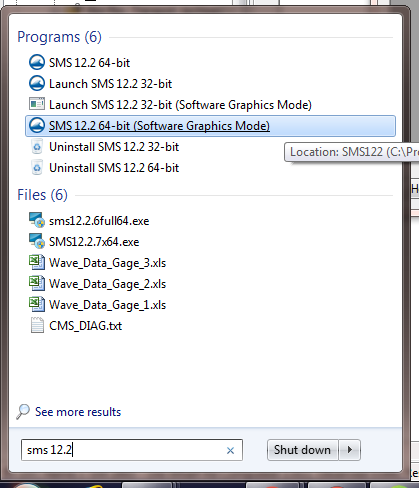
If using the software graphics mode resolves the issue you were experiencing, there is still one more thing to do: update your graphics card drivers.
Updating your graphics card drivers often resolve the issues being caused by the mismatch between the XMS application and the graphics card. Follow the standard procedure for updating the graphics card drivers for your operating system. In some cases, you will need to go to the graphic card manufacturer's website to update the drivers.
Once the graphic card drivers have been updated, you can usually continue to use the XMS application without using the software graphics mode.
And if updating the graphics card drivers doesn’t work, do not hesitate to contact Aquaveo Support for additional help.
